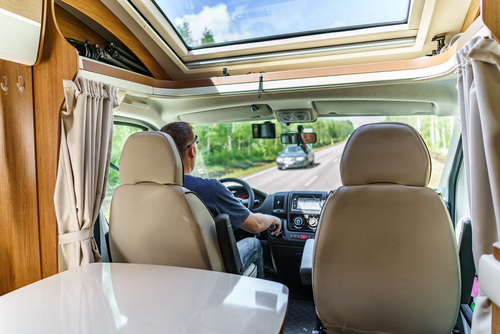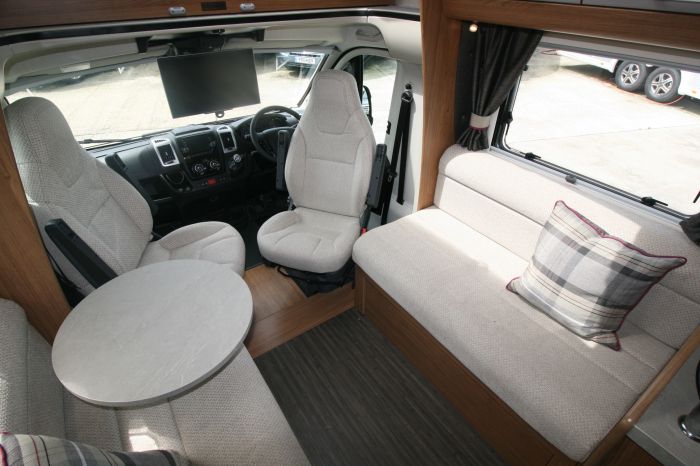Your Guide to Motorhome Weight Limits
Travelling by motorhome can be a great way to explore new destinations and make the most of having a home away from home. One of the most convenient ways to go on holiday both in the UK and in Europe, you have the opportunity to take your home comforts with you and truly be able to relax while you’re on the road.
However, packing up your motorhome with your necessities doesn’t come without its limits. It’s important that you don’t overload your motorhome; it’s unsafe and may actually be illegal. Your license to drive a motorhome could depend on the size of your motorhome, as it has to be within the UK size limits. Whether you’re a first-time buyer, or you need a little help double checking that your motorhome isn’t exceeding any limits, let us help you.
License requirements to drive a motorhome
The license you need to drive a motorhome depends both on your age and the motorhome’s maximum authorised mass (MAM). This is the absolute weight limit of the vehicle, and can usually be found on a plate inside the door.
To drive a leisure vehicle with a MAM between 3.5-7.5 tonnes, you should hold a category C1 license. If you’re hoping to drive a motorhome that has a MAM over 7.5 tonnes, you will require a category C license. You can check online which vehicles you’re eligible to drive.

Making sure your motorhome isn’t overweight
Have you ever checked the weight of your motorhome? It’s something you should consider next time you’re going on a big trip, as it’s easier than you think to get carried away and use all the available space for storage. Unfortunately, there are strict limits on how much weight you can carry in your motorhome. It’s important that you know the various restrictions, and the different terms that explain each weight limit.
If you get stopped by the police and your motorhome is overweight, you could be subject to a £5000 fine. What’s more, your insurance and manufacturer’s warranty will be invalid if you overload the vehicle. One of the most accurate ways to weigh your motorhome is to visit a weighbridge. Make sure you obtain a copy of the paperwork; this will include the date, registration number and weight details.
Understanding motorhome weight limits
There are numerous maximum weights for your motorhome and each one should be taken into careful consideration. We’ll guide you through each one so you can make sure you’re driving safely!
The Mass in Running Order (MIRO) is the manufacturer’s weight, equipped to the standard specification. It excludes the extras in your motorhome such as the gas bottles and leisure battery, however it may include a full tank of fuel and essential liquids.
The Maximum Axle Weight (MAW) refers to the maximum weight of the front and rear axle. If you need to calculate the rear axle weight, position your motorhome on the weighing plates with just the rear wheels. If you need the front axle weight, simply do the same with the front wheels. Check the figure on the data plates or owner’s handbook and make sure the weight does not exceed this figure!
As mentioned earlier, the Maximum Authorised Mass (MAM) refers to the manufacturer’s legal maximum weight that the motorhome can be when it is fully loaded.

If you’re hoping to tow a support car for your travels, or even a boat, there is a weight limit to guarantee its safety. The Gross Train Weight (GTW) is the total weight of the motorhome and whatever is being towed. Note that it is illegal to exceed this limit, so get it checked!

